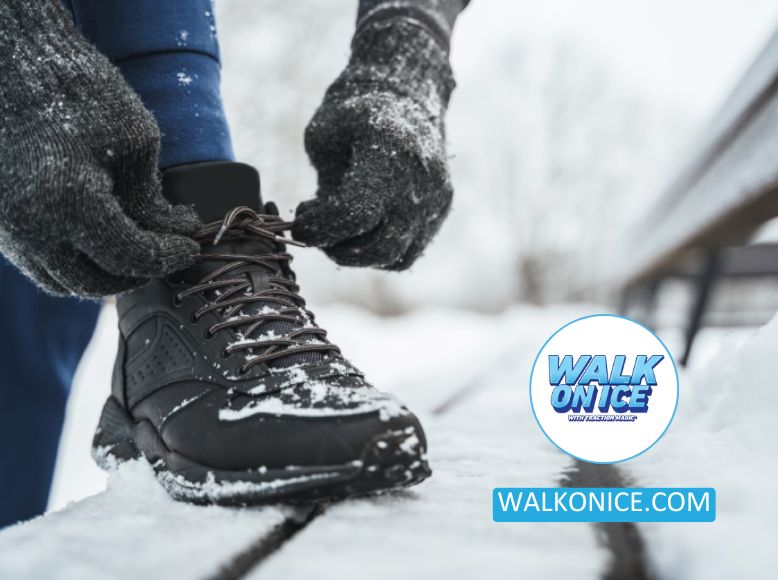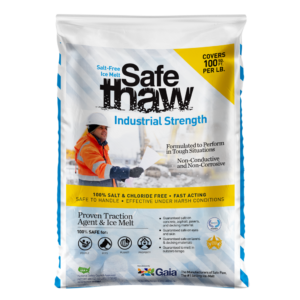Does Traction Agent Work Better Than Cleats?

If you want to go fast, you need traction. But what about if you want to go faster? That’s where traction agents come in. They’re a new category of product that promises to make your shoes stick better to the ground and give you the traction you need for speedier runs. But does it work better than winter boots non slip on ice?
That’s what we’re here to find out!
It’s true that there are a lot of products out there claiming to be superior because they’re “new” or “different.” But is that really the case? Or are these products simply trying to get your attention because they know you want something new and different?
In this article, we’re going to look at the key difference between cleats and traction agents. We’ll take a close look at each one and see if it really works better than other options. We’ll also consider whether or not it’s worth spending money on these products instead of using simple items like cleats.
While we have had cleats as a go-to option for most workers and people who walk on ice daily, it is not the only answer to how to walk on ice roads. With this in mind, Walk on Ice by was created to help you build traction anywhere. It is a 100% environmentally safe product with naturally occurring minerals. The geo crystals are procured from 7 nationally sourced and mined elements across the country. It sticks to the surface and creates an instant grip, even in the thinnest snow and ice.
Traction Agent Vs winter boots non slip on ice
Winter boots non slip on ice
- They come in two varieties- spikes and non-spikes.
- Spikeless cleats are made of rubber compounds that may be reinforced with steel coils to add more traction. They are used to walking on packed snow and ice, making it perfect for walking the dog, going to the grocery store, jogging, etc.
- Spike cleats are fitted with tungsten or steel carbide spikes or studs that give maximum stability and traction in deep snow, slush, or ice. They are ideal for urban walkers, outdoor enthusiasts, amateur hikers, on-duty officers, postal workers, and even emergency rescue teams.
- They are not completely environment agnostic as you may need different pairs of cleats for different reasons and snow thickness.
Is it safe for dogs to walk on ice?
The first thing you should know is that if your dog has any joint or mobility issues, walking on ice can be really difficult and painful for them. If your dog has arthritis or hip dysplasia, it’s probably not a good idea to take them out in the snow without some form of protection for their joints.
Traction Agents
- They help build instant traction or grip on the icy surface.
- You can use it on the ice below 4 inches of thickness too.
- You can carry it anywhere, especially Walk on Ice, as it comes in a special disposable portable canister, smaller than a coke bottle.
- They are ideal for skating rinks, walking on steps, slippery driveways or sidewalks, etc.
- They do not stick to the sole of the shoes and do not cause any brine or slush.
- They have a special absorb and grip formula that helps to protect anyone walking over it. You have lesser chances of falling.
Get ready for winter with Walk On Ice instant traction on snow and ice
Conclusion
The truth is that while cleats aids do work well in most situations, they’re certainly not magic. They can help you out when walking on slippery surfaces like wet sidewalks or snow-covered roads, but if you’re working on ice then there is no substitute for having a good traction agent that really works.
Other Ice Melt Products
Safe Paw
The Original and #1 Selling Pet and Child Safe Ice Melt for over 20 years. Guaranteed environmentally safe – will not harm waterways and sensitive wetlands. All products are made in the USA.

Safe Thaw
Imagine an ice melt you can put down and never worry about. It won’t harm pets, kids, and your property. That’s Safe Thaw. Unlike anything else on the market, Safe Thaw can change how winter affects our planet.



